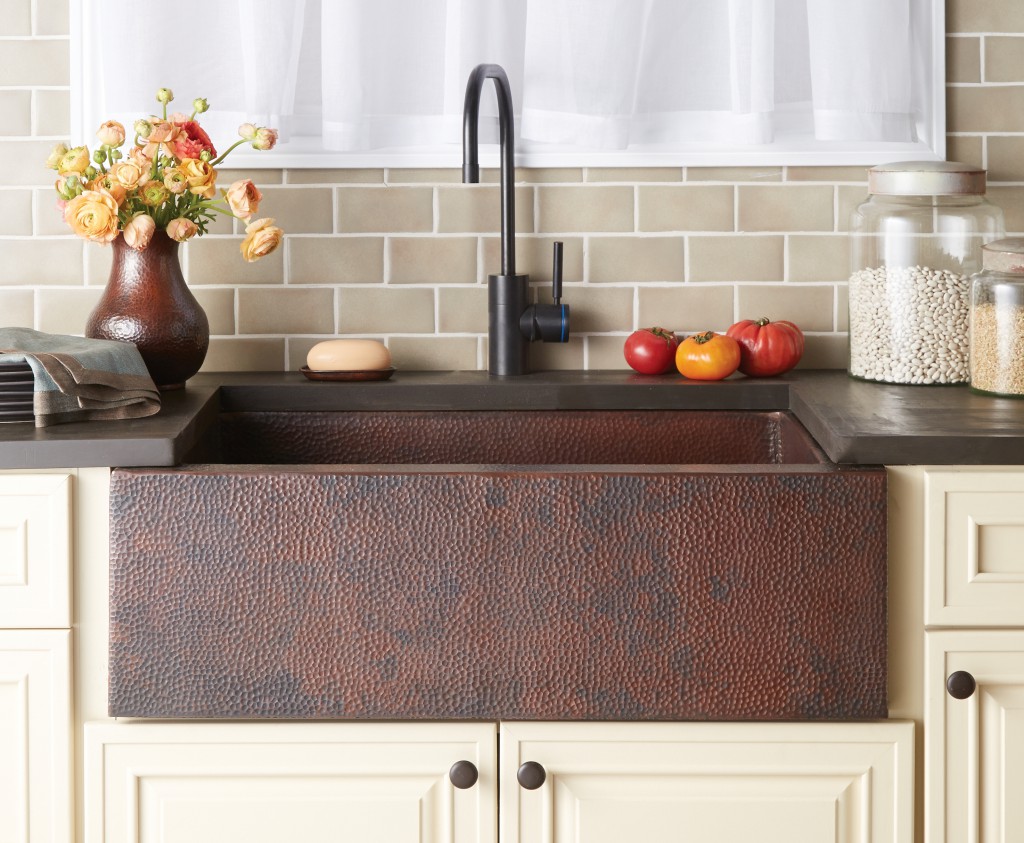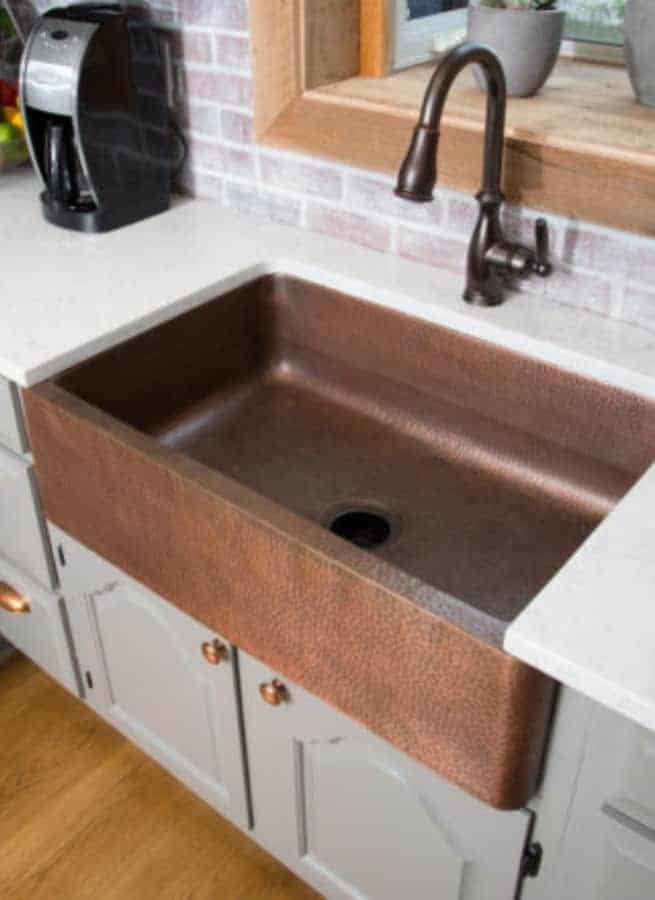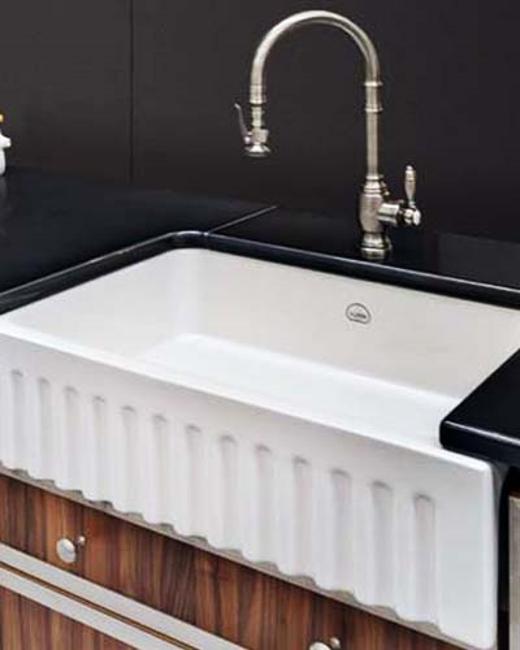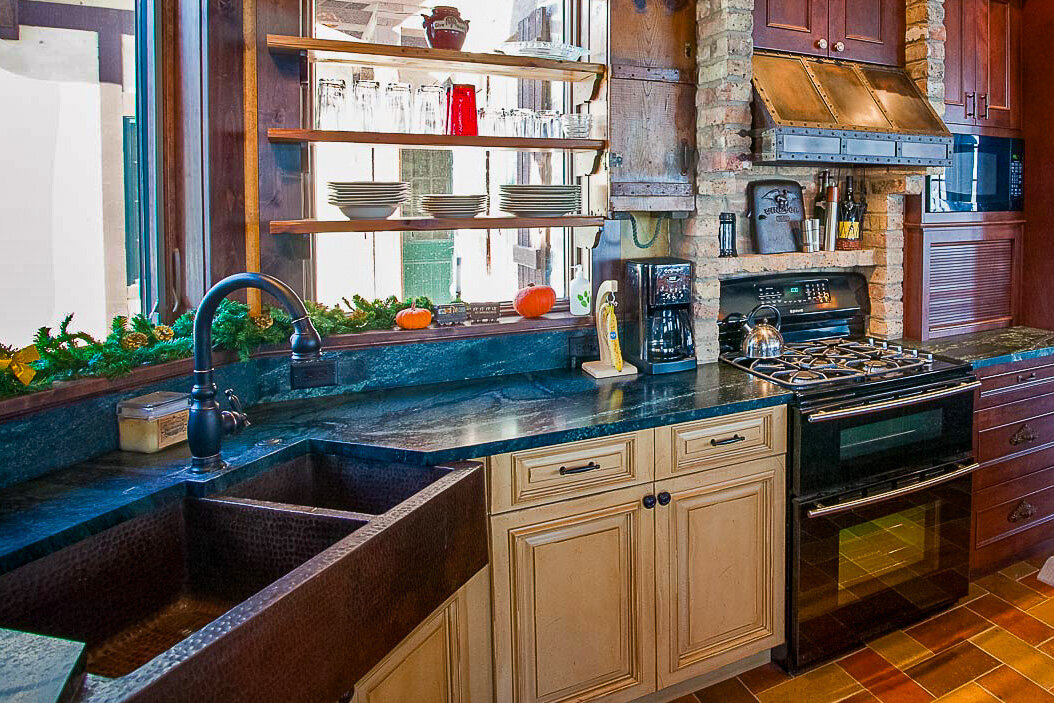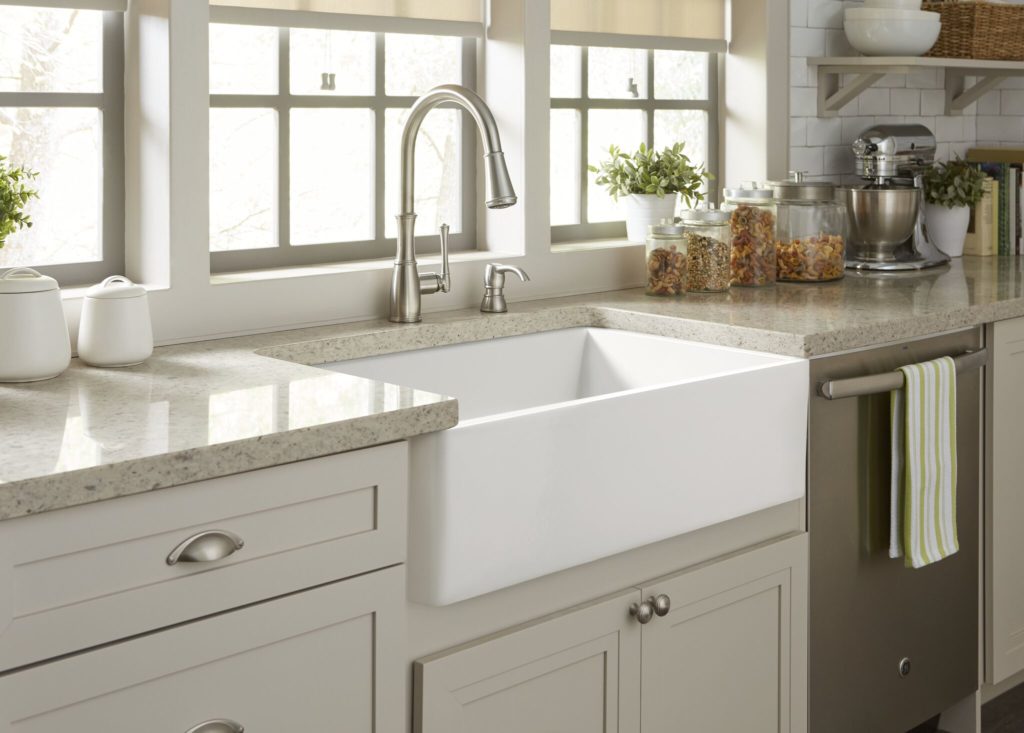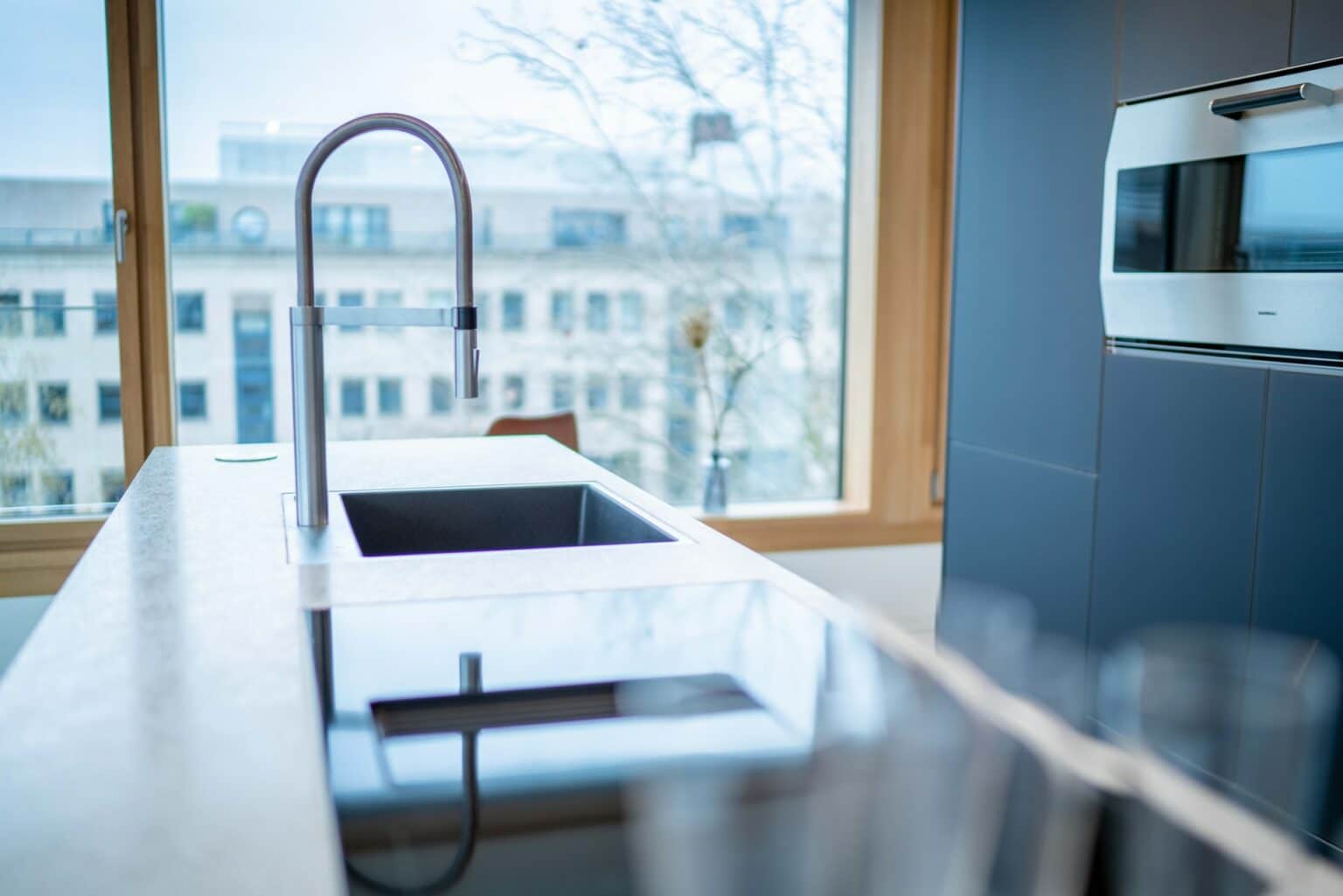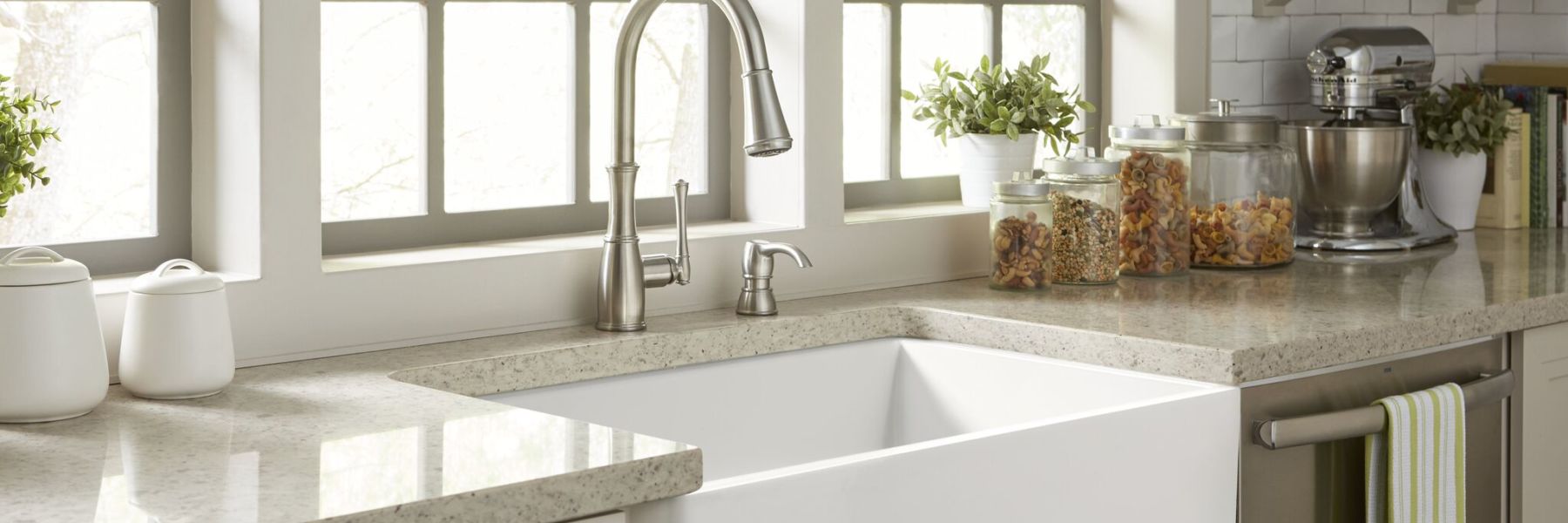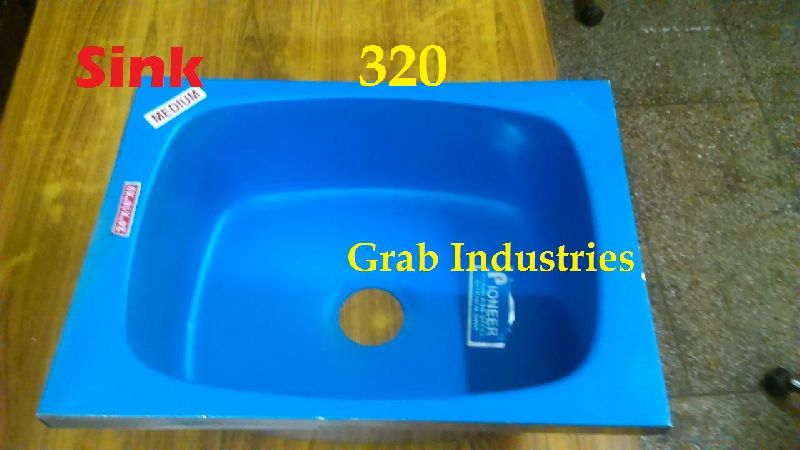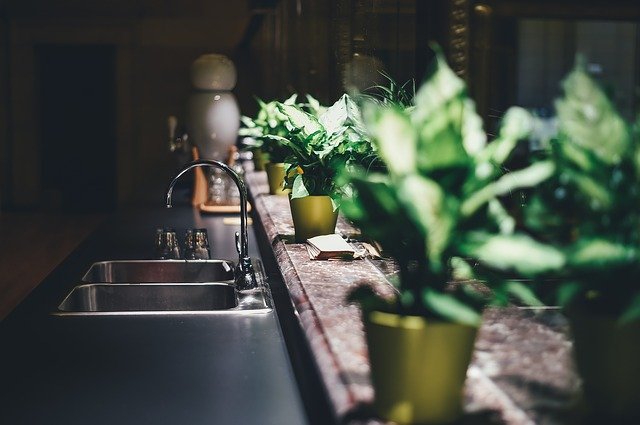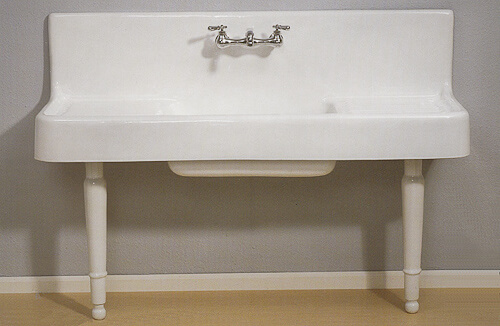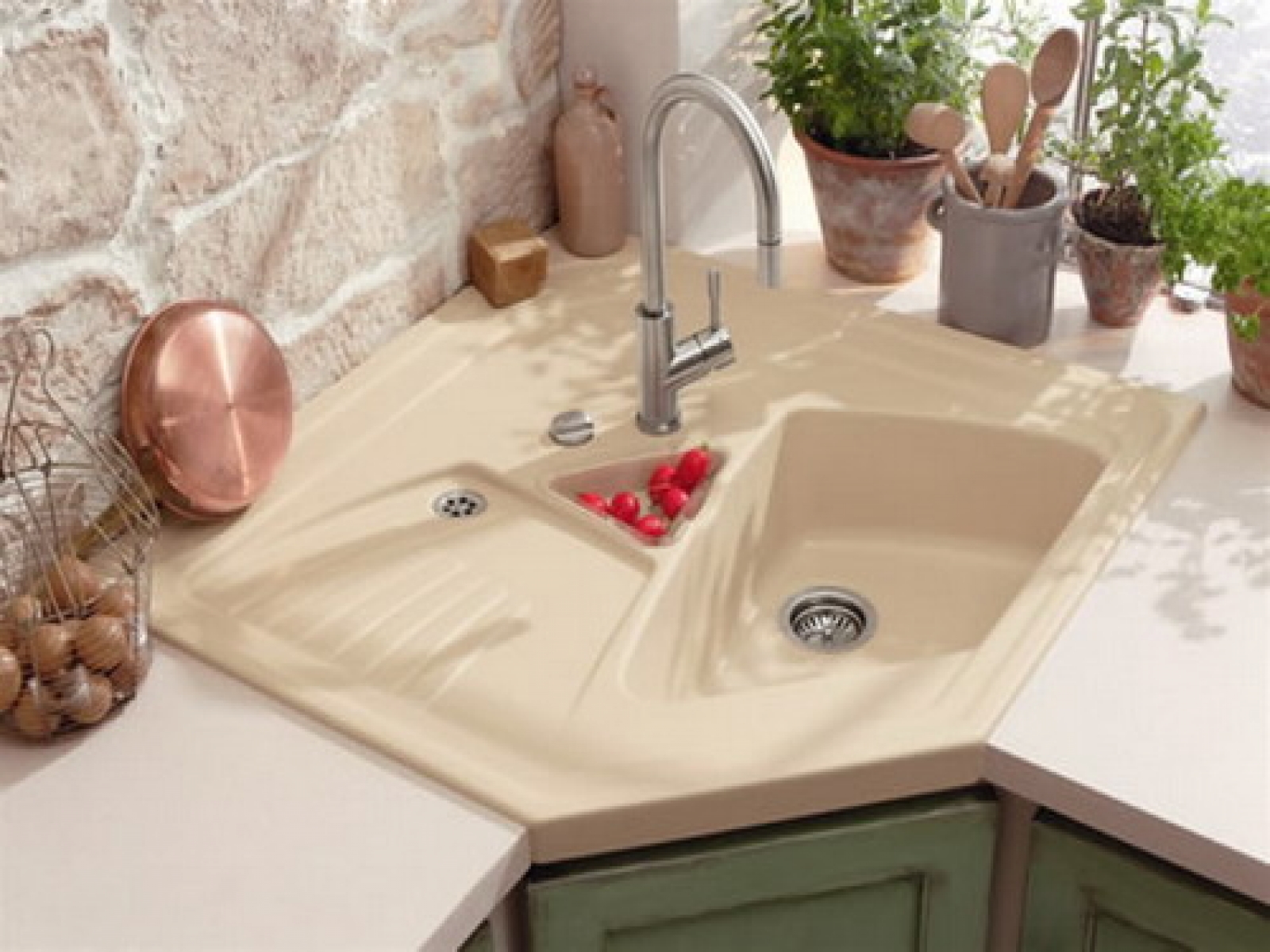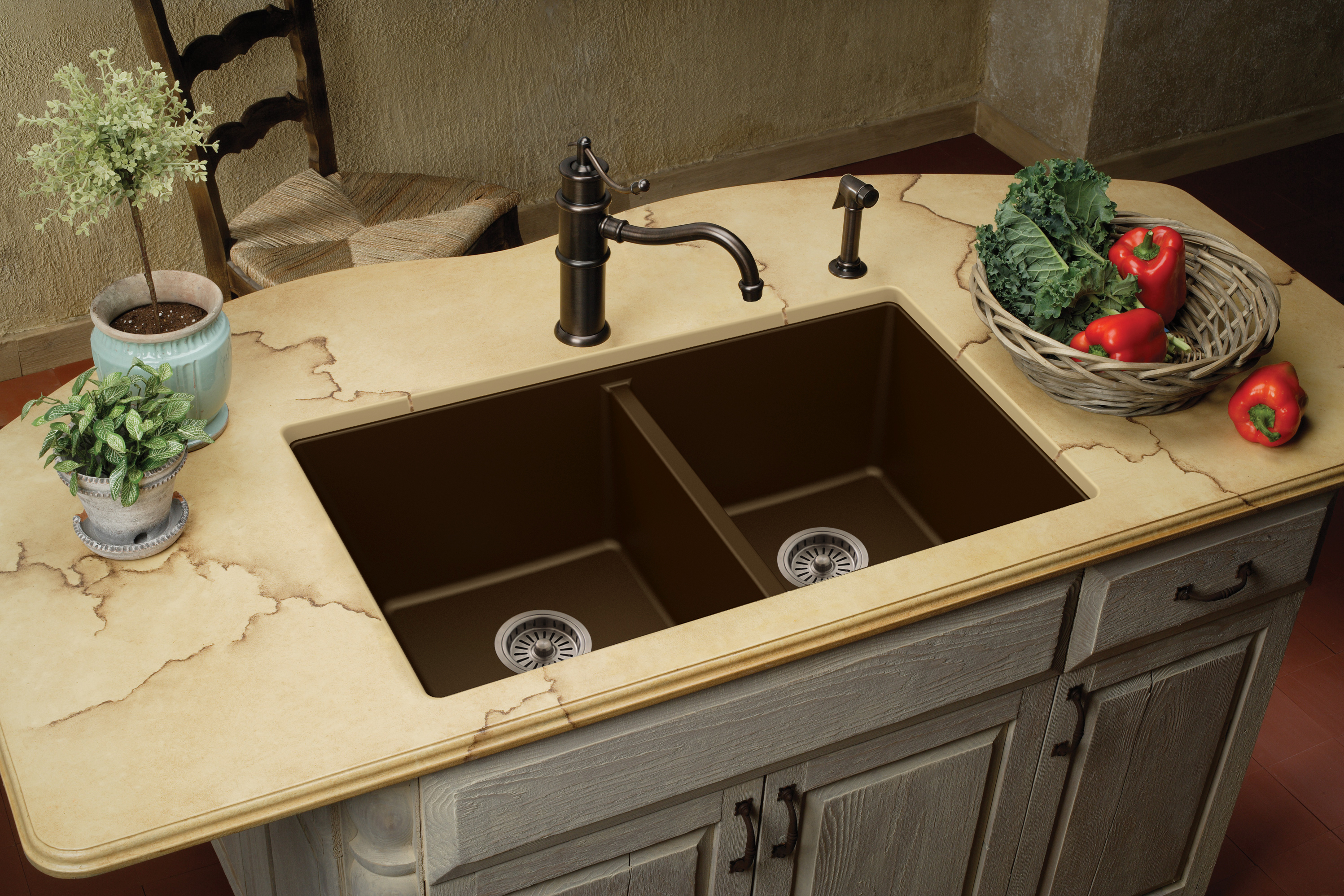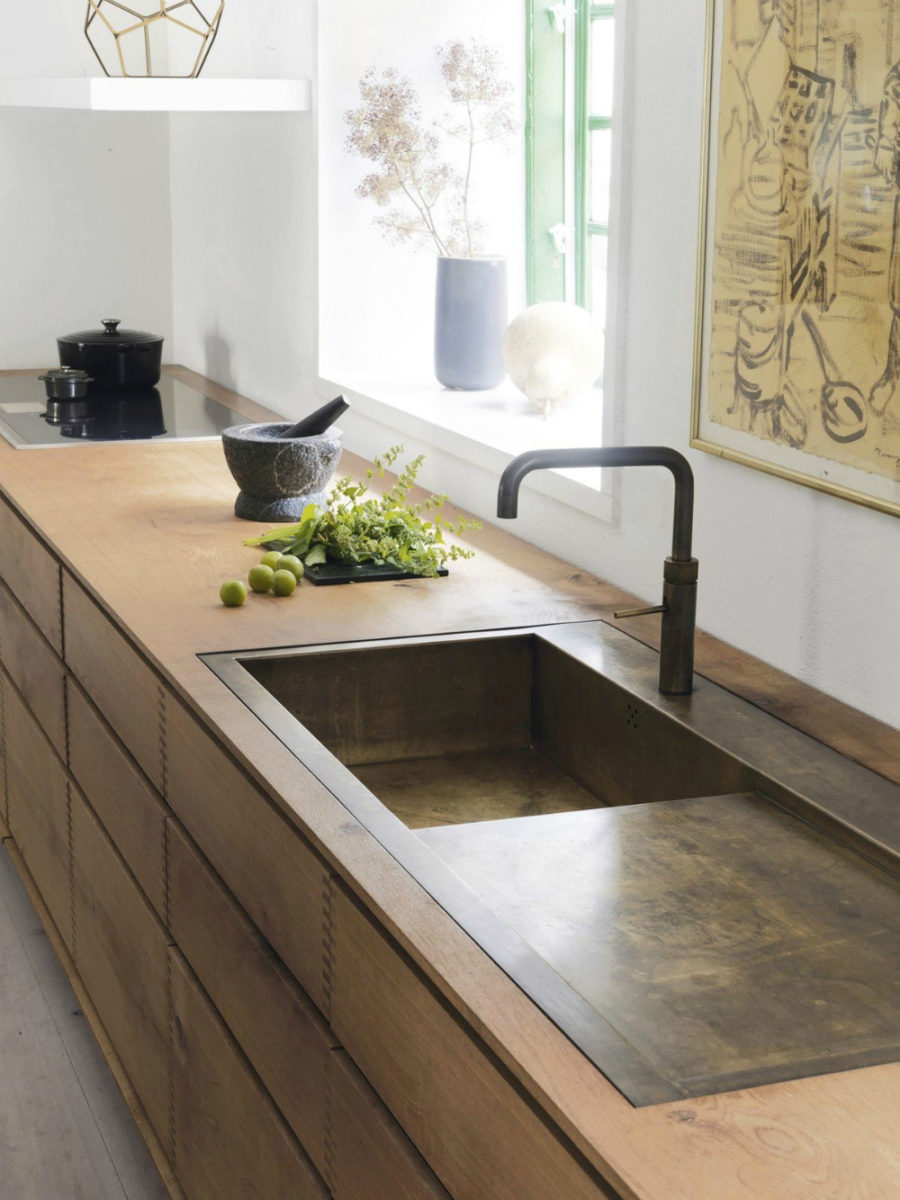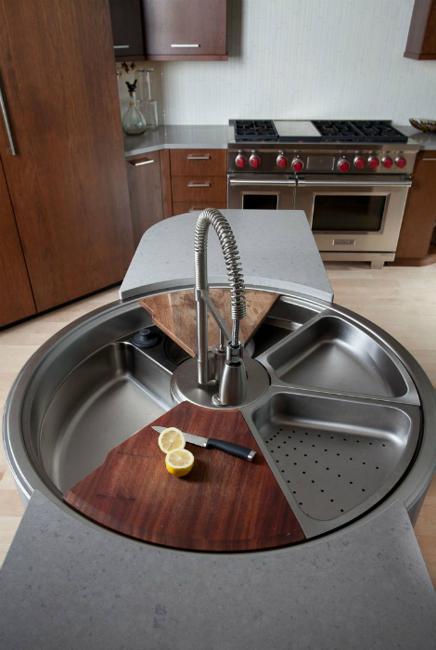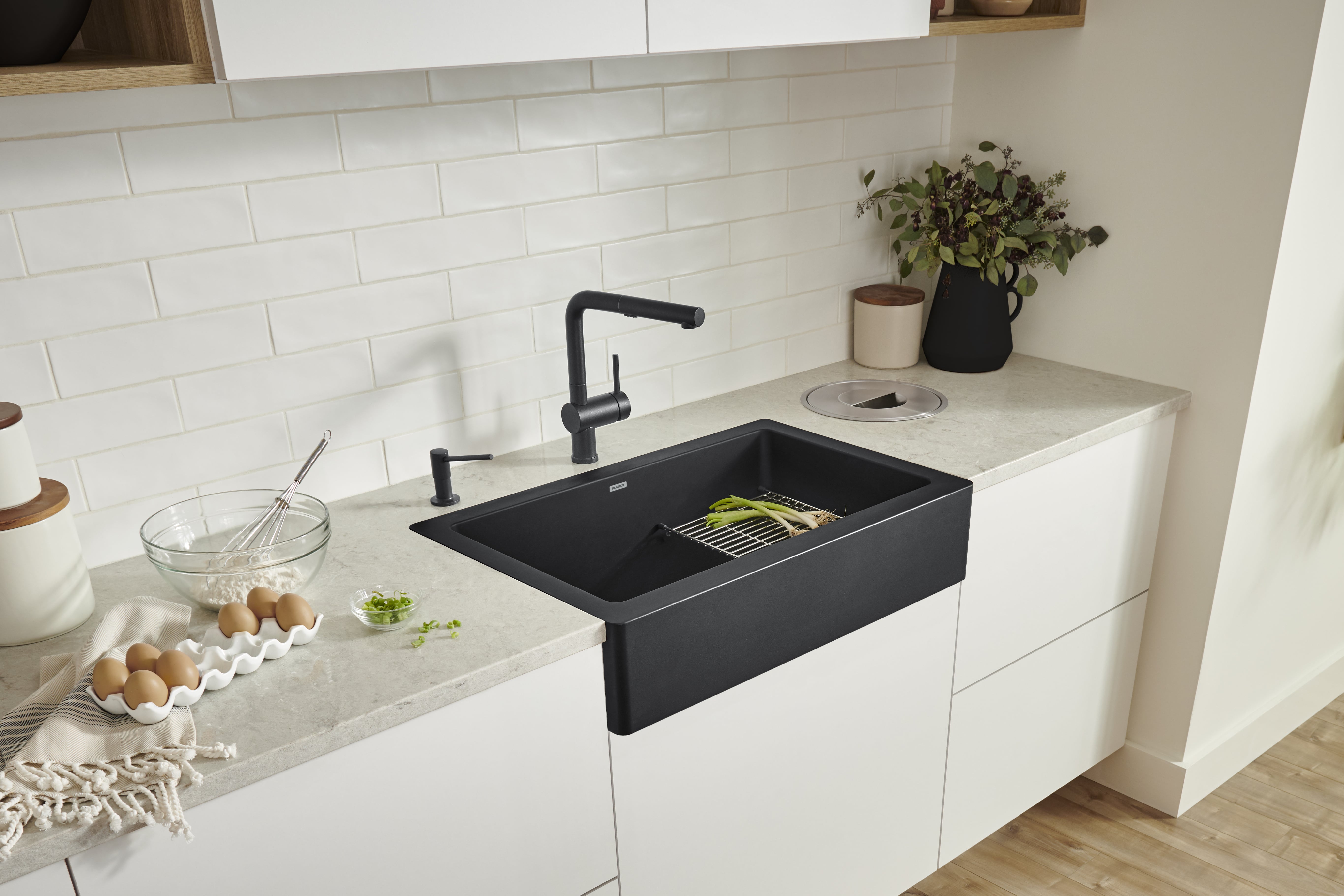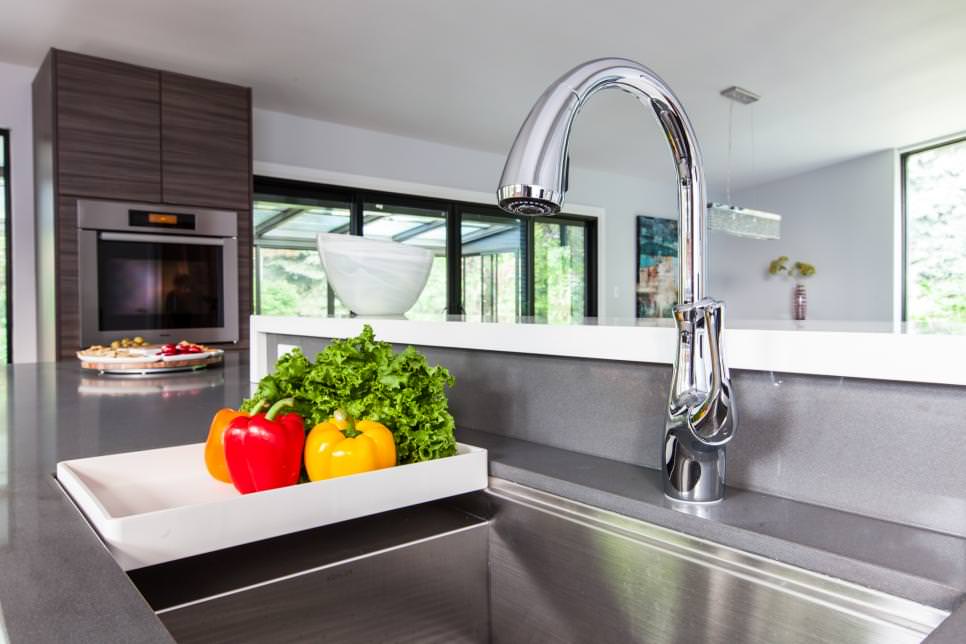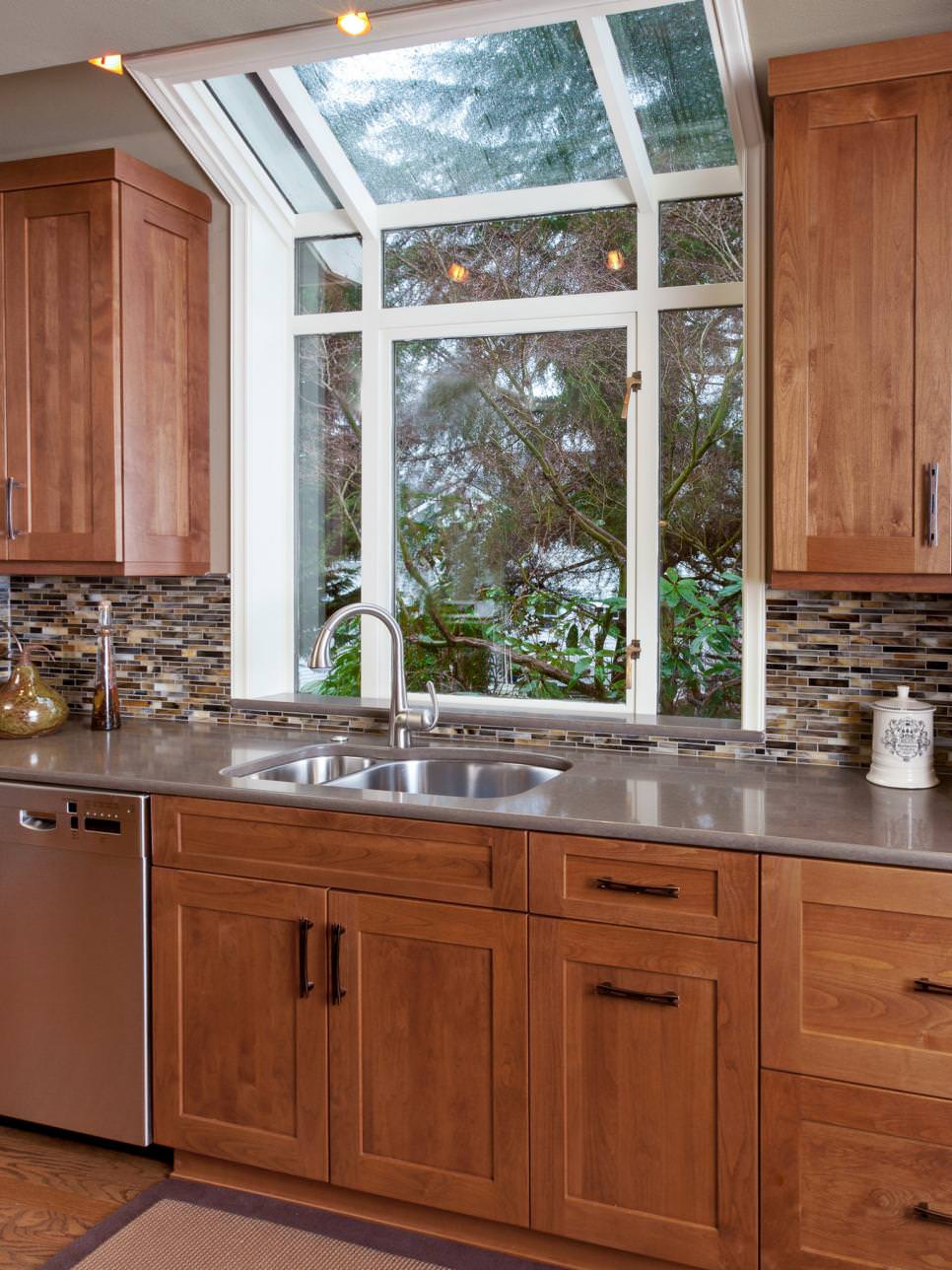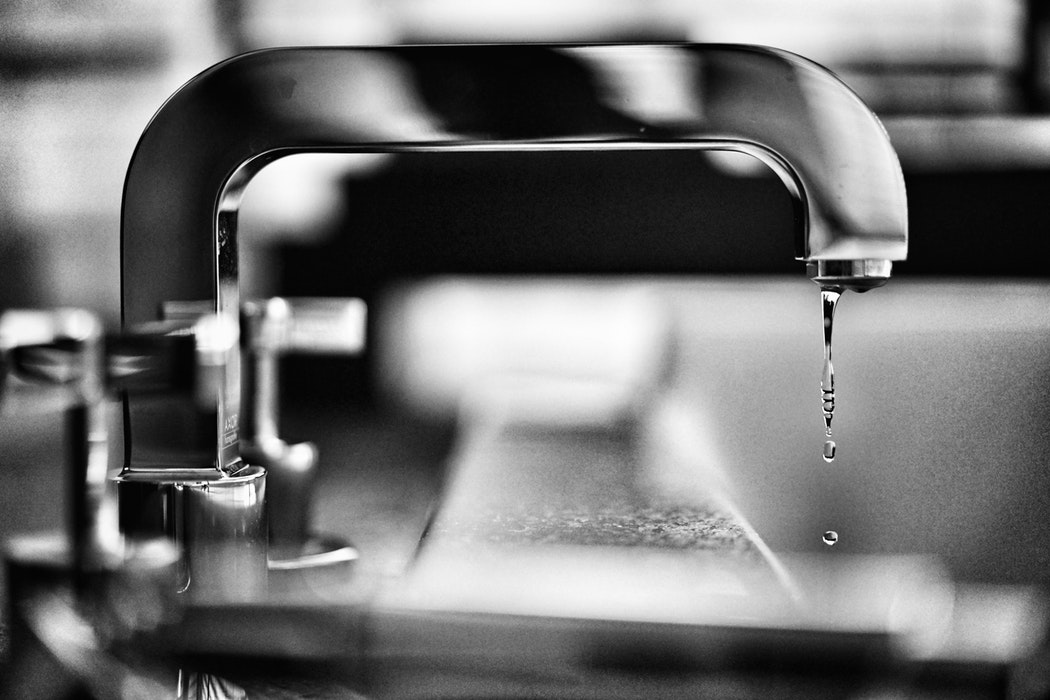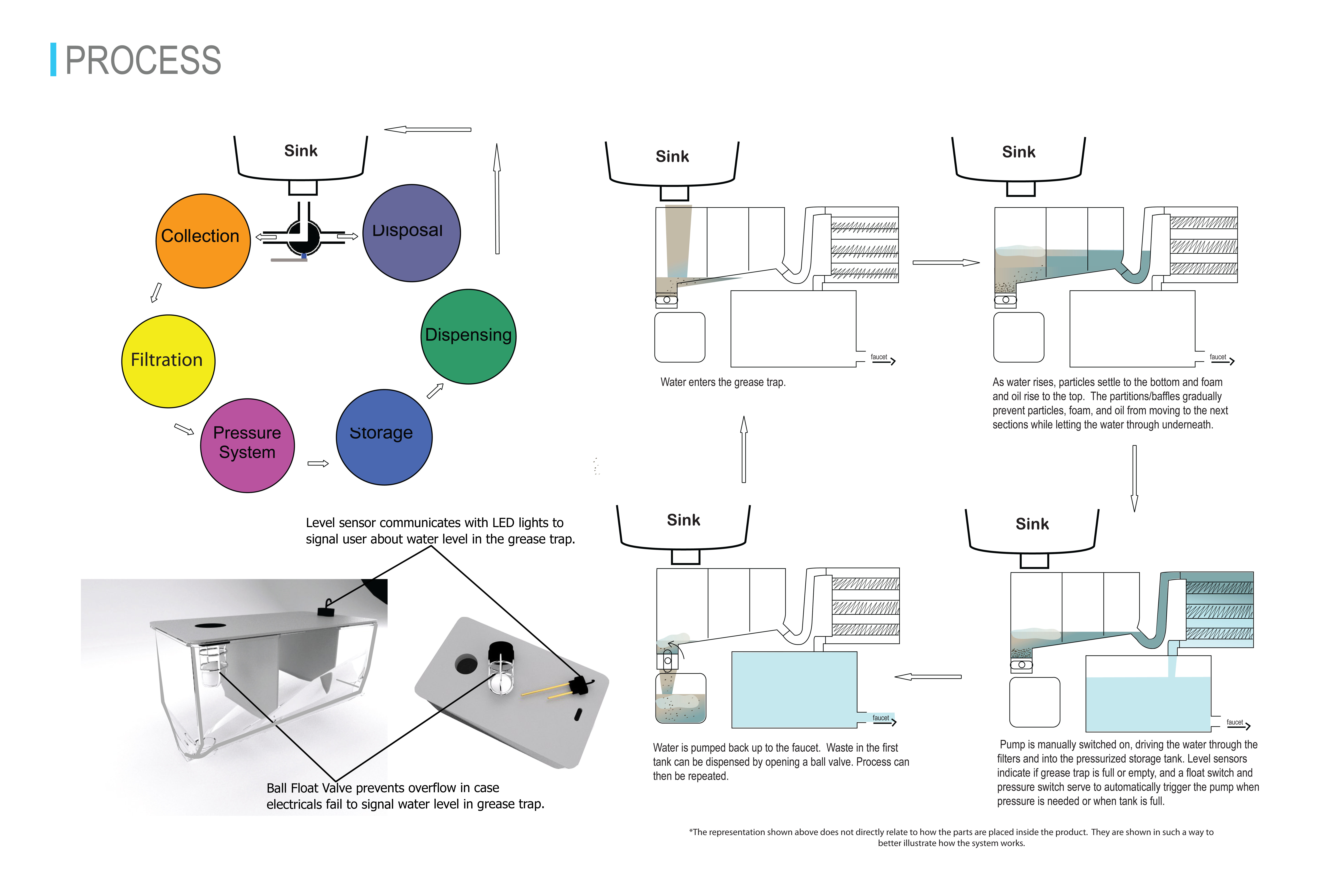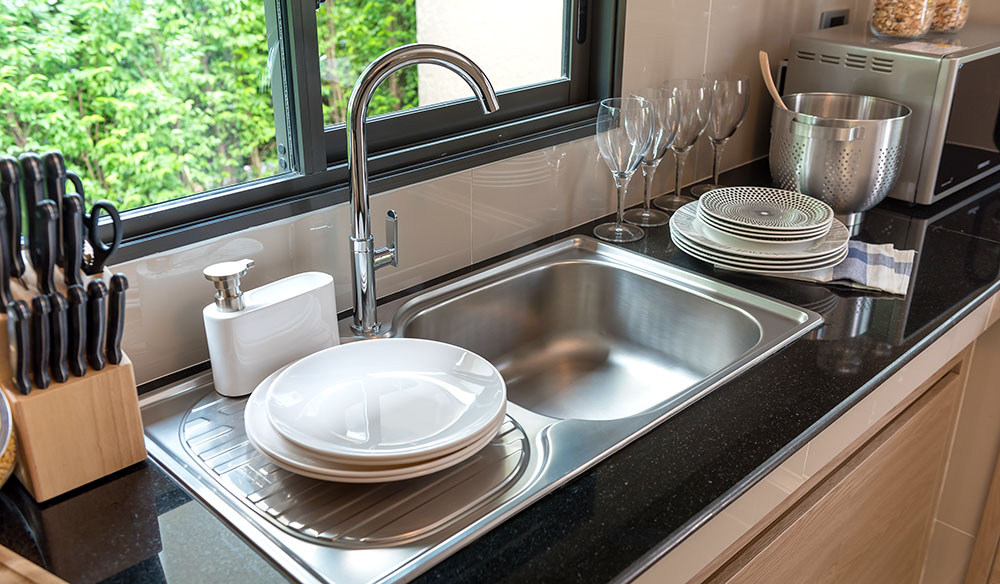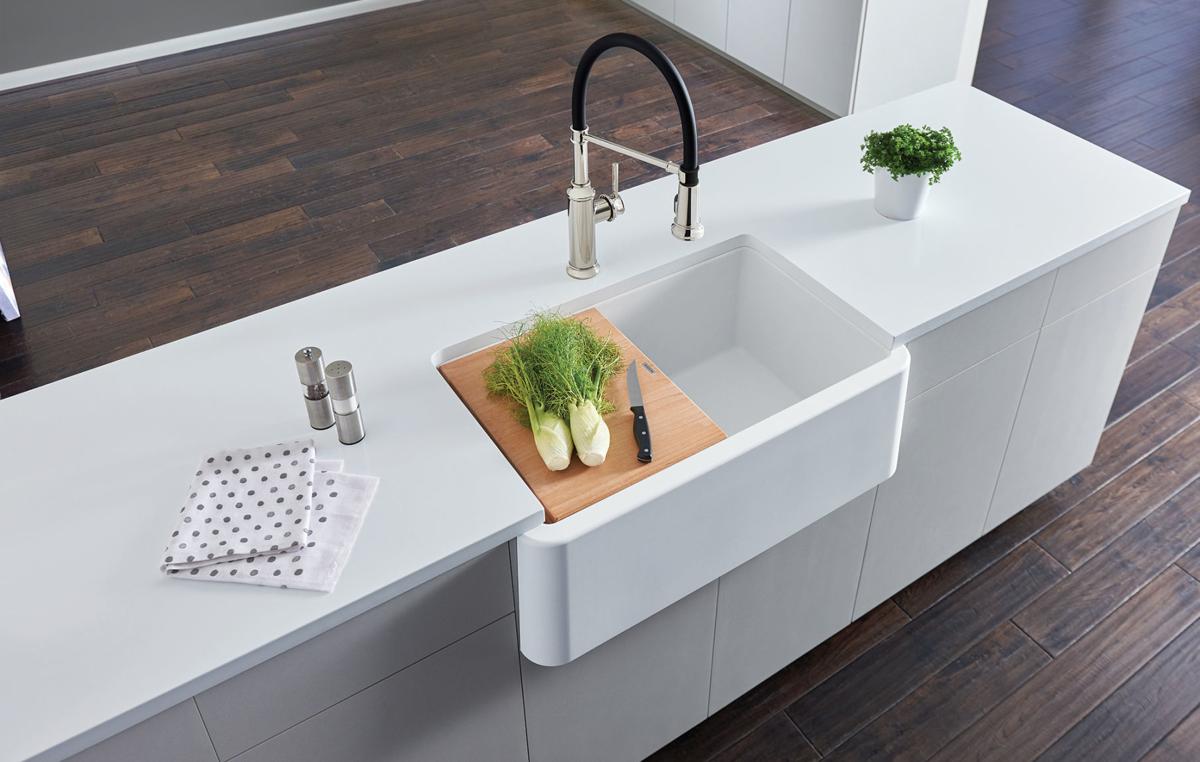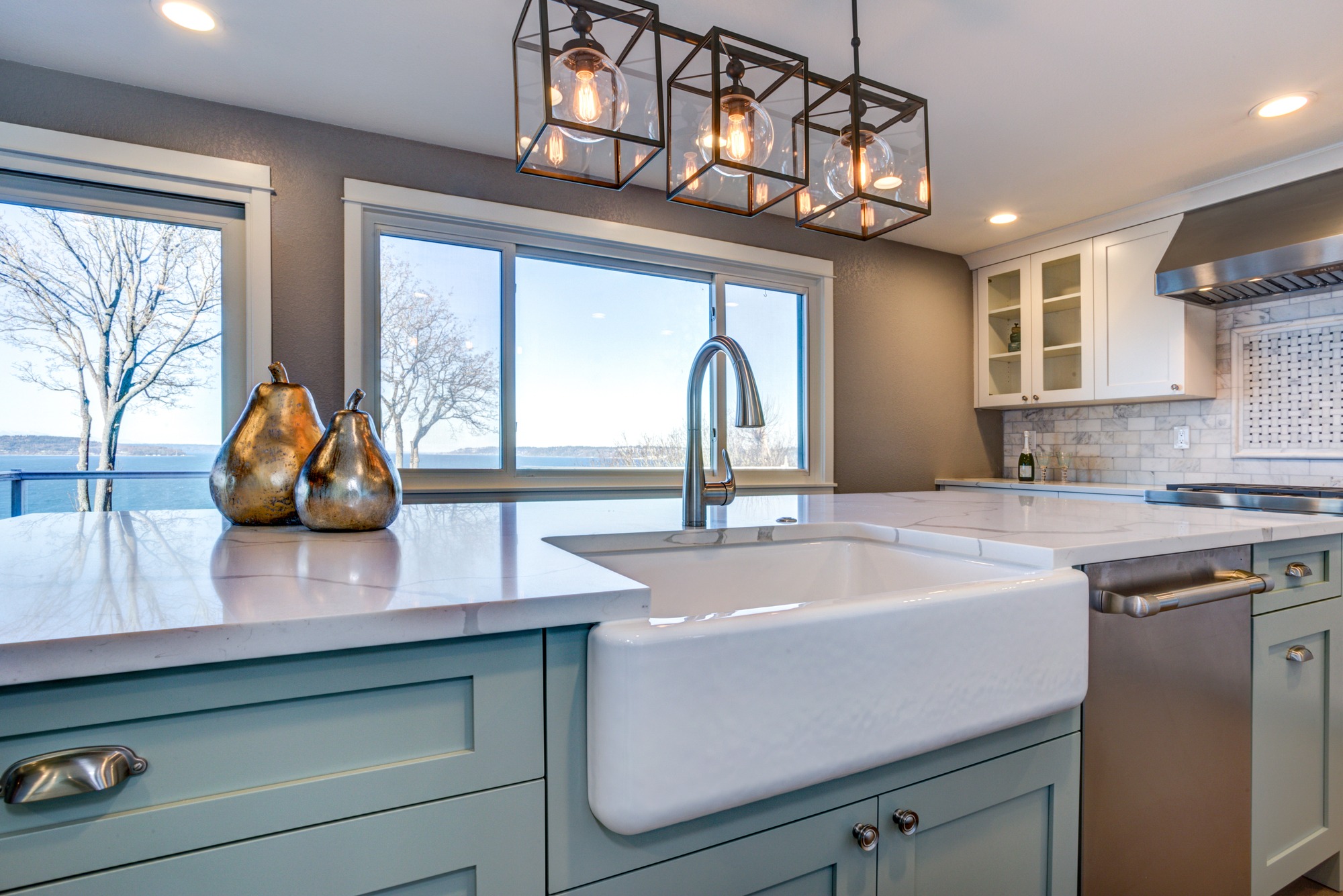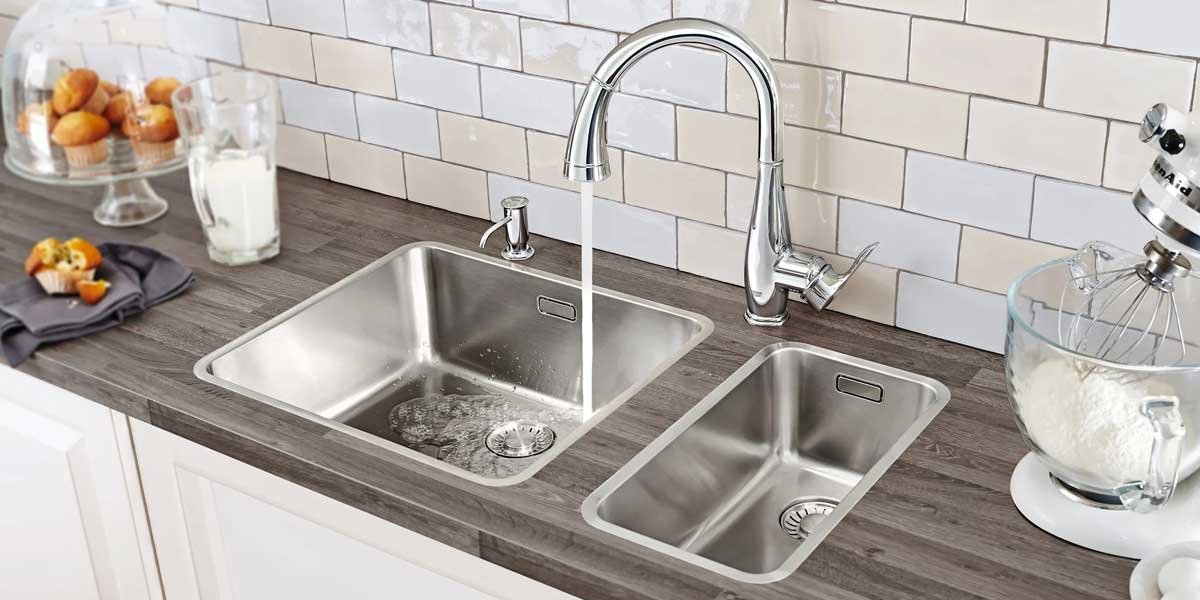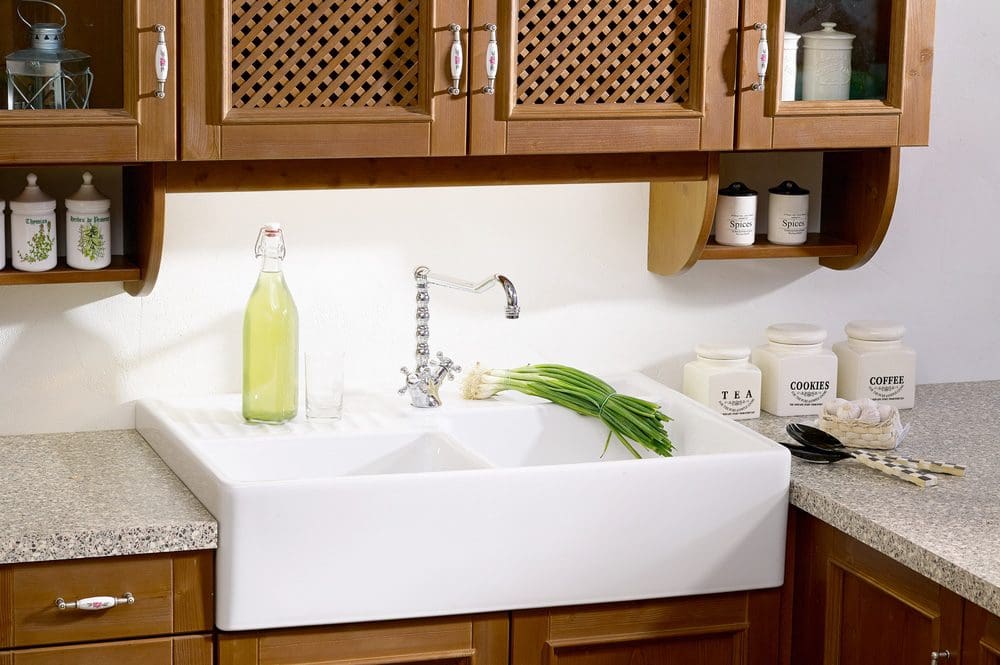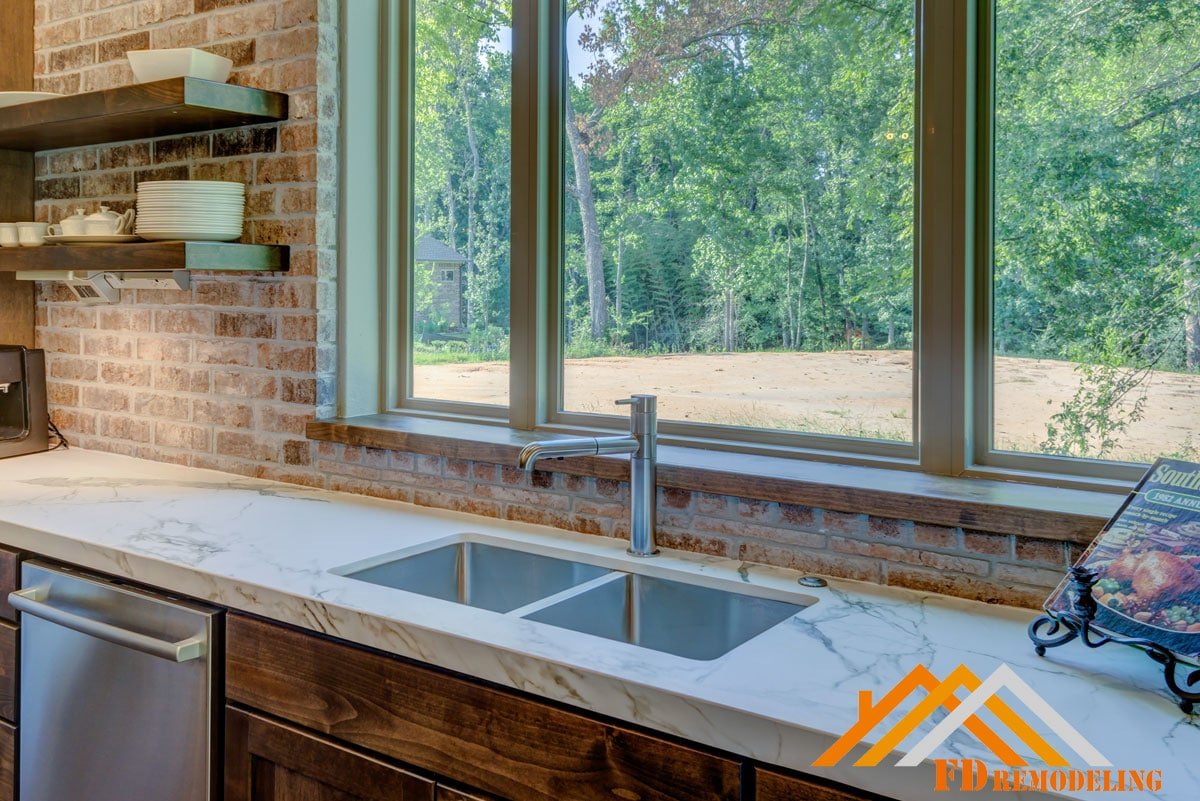The kitchen sink is an essential part of any household, but have you ever stopped to think about its history? The kitchen sink has come a long way from its humble beginnings, and its evolution is a testament to the advancements in technology and design. Let's take a trip through time and explore the fascinating history of the kitchen sink. History of Kitchen Sink
When kitchen sinks were first introduced, they were primarily made of stone or clay. As civilizations advanced, copper and bronze became popular materials for sinks due to their durability. In the 19th century, porcelain sinks were introduced and quickly became a staple in households. Today, stainless steel is the most commonly used material for kitchen sinks due to its affordability and resistance to corrosion.History of Kitchen Sink Materials
The earliest kitchen sinks consisted of a simple basin with a drain, and they were typically located outside the house. As indoor plumbing became more prevalent, sinks were moved inside the house and attached to a water supply. Over time, sinks evolved to include multiple basins, faucets, and even garbage disposals.Evolution of Kitchen Sinks
In the 17th and 18th centuries, kitchen sinks were often made of stone or clay and were used for washing dishes and preparing food. These sinks were usually located next to a window to allow for easy drainage. They were also often shared by multiple households, leading to concerns about hygiene and the spread of disease.Early Kitchen Sinks
Today's kitchen sinks come in a variety of styles, sizes, and materials. They are designed not only for function but also for aesthetics. Modern sinks often have sleek and minimalistic designs, with options for undermount, top mount, and farmhouse styles. They also come with various features such as built-in cutting boards, drying racks, and soap dispensers.Modern Kitchen Sinks
As with any other aspect of interior design, kitchen sinks have their own set of trends. In recent years, there has been a rise in popularity for black kitchen sinks, adding a touch of elegance and modernity to the space. Fireclay and granite composite sinks have also become increasingly popular for their durability and versatility.Kitchen Sink Design Trends
The kitchen sink has seen many innovations over the years, making our lives easier and more efficient. One significant innovation is the introduction of the garbage disposal, which was invented in 1927. Other innovations include touchless faucets, which allow for a hands-free experience, and sinks with built-in water filtration systems, promoting clean and safe drinking water.Kitchen Sink Innovations
The manufacturing process for kitchen sinks involves various steps, from design to production. First, the sink's design is created using software and then transferred to a mold. The mold is then used to shape the sink's material, which is then polished and finished. The sink is then inspected for quality control before being packaged and shipped to stores.Kitchen Sink Manufacturing Process
To ensure your kitchen sink lasts for years to come, proper maintenance and care are essential. It is recommended to clean the sink regularly with mild soap and warm water. Avoid using abrasive cleaners or scrubbers that can damage the sink's surface. Also, be mindful of what you put down the sink to prevent clogs and potential damage to the pipes.Kitchen Sink Maintenance and Care
As mentioned earlier, there is a wide range of kitchen sink styles and types available on the market. Undermount sinks are mounted from underneath the countertop for a seamless look, while top mount sinks sit on top of the countertop. Farmhouse sinks, also known as apron sinks, have a front-facing design and are often made of fireclay or porcelain. Other popular types include bar sinks, prep sinks, and corner sinks. In conclusion, the kitchen sink has come a long way from its simple beginnings. It has evolved into a functional and stylish part of our homes, with various materials, designs, and features to choose from. As technology continues to advance, we can expect even more innovations in the kitchen sink industry, making our daily tasks in the kitchen more convenient and efficient.Kitchen Sink Styles and Types
The Evolution of the Kitchen Sink
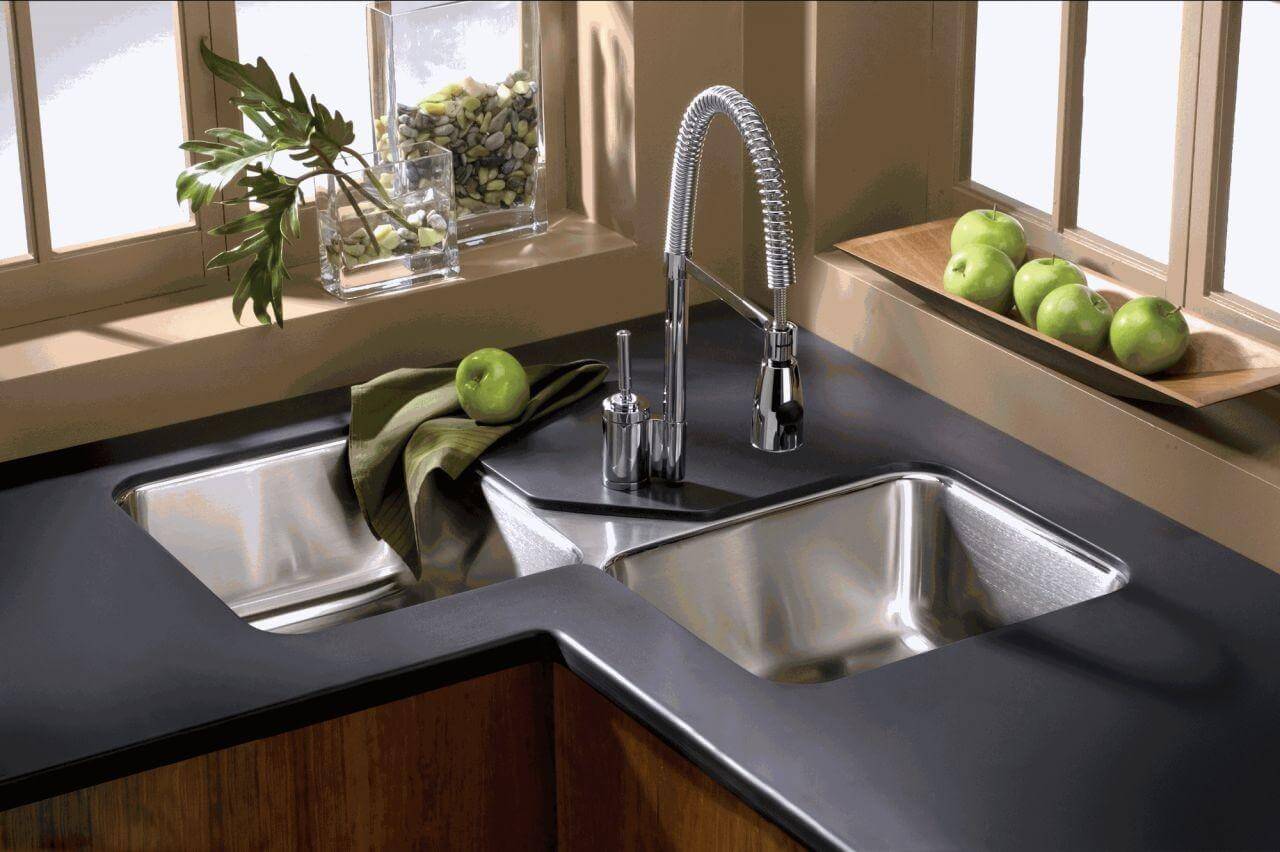
A Functional and Stylish Addition to the Modern Kitchen
 When we think of the kitchen sink, we often picture a large, rectangular basin made of stainless steel or porcelain. However, the history of the kitchen sink dates back centuries and has undergone many transformations to become the essential fixture we know today.
The earliest form of a kitchen sink can be traced back to ancient civilizations such as the Romans and Egyptians. These sinks were typically made of stone and were used for both cooking and cleaning purposes. However, it wasn't until the 17th and 18th centuries that the kitchen sink became a separate fixture from the stove, as advancements in plumbing and sanitation allowed for a separate water source for washing dishes.
During the Industrial Revolution, the kitchen sink underwent a significant change with the introduction of cast iron and porcelain materials. This allowed for larger and more durable sinks, and the addition of a separate drain board for drying dishes. The sink also became a statement piece in the kitchen, with intricate designs and engravings becoming popular.
In the 20th century, the kitchen sink continued to evolve with the introduction of new materials such as stainless steel and composite materials. These materials not only made the sink more durable but also gave designers more options for shapes and sizes. The introduction of the double-basin sink also revolutionized the way we use our sinks, allowing for separate areas for washing and rinsing dishes.
Today, the kitchen sink is not only a functional fixture but also a design element in modern kitchens. With a wide range of styles, sizes, and materials available, homeowners can choose a sink that not only fits their needs but also complements their overall kitchen design. From farmhouse sinks to sleek undermount sinks, the options are endless.
In conclusion, the kitchen sink has come a long way from its humble beginnings as a stone basin. It has evolved into a functional and stylish fixture that is an essential part of any modern kitchen. So next time you're washing dishes in your beautiful sink, take a moment to appreciate the history and evolution of this everyday feature.
When we think of the kitchen sink, we often picture a large, rectangular basin made of stainless steel or porcelain. However, the history of the kitchen sink dates back centuries and has undergone many transformations to become the essential fixture we know today.
The earliest form of a kitchen sink can be traced back to ancient civilizations such as the Romans and Egyptians. These sinks were typically made of stone and were used for both cooking and cleaning purposes. However, it wasn't until the 17th and 18th centuries that the kitchen sink became a separate fixture from the stove, as advancements in plumbing and sanitation allowed for a separate water source for washing dishes.
During the Industrial Revolution, the kitchen sink underwent a significant change with the introduction of cast iron and porcelain materials. This allowed for larger and more durable sinks, and the addition of a separate drain board for drying dishes. The sink also became a statement piece in the kitchen, with intricate designs and engravings becoming popular.
In the 20th century, the kitchen sink continued to evolve with the introduction of new materials such as stainless steel and composite materials. These materials not only made the sink more durable but also gave designers more options for shapes and sizes. The introduction of the double-basin sink also revolutionized the way we use our sinks, allowing for separate areas for washing and rinsing dishes.
Today, the kitchen sink is not only a functional fixture but also a design element in modern kitchens. With a wide range of styles, sizes, and materials available, homeowners can choose a sink that not only fits their needs but also complements their overall kitchen design. From farmhouse sinks to sleek undermount sinks, the options are endless.
In conclusion, the kitchen sink has come a long way from its humble beginnings as a stone basin. It has evolved into a functional and stylish fixture that is an essential part of any modern kitchen. So next time you're washing dishes in your beautiful sink, take a moment to appreciate the history and evolution of this everyday feature.







